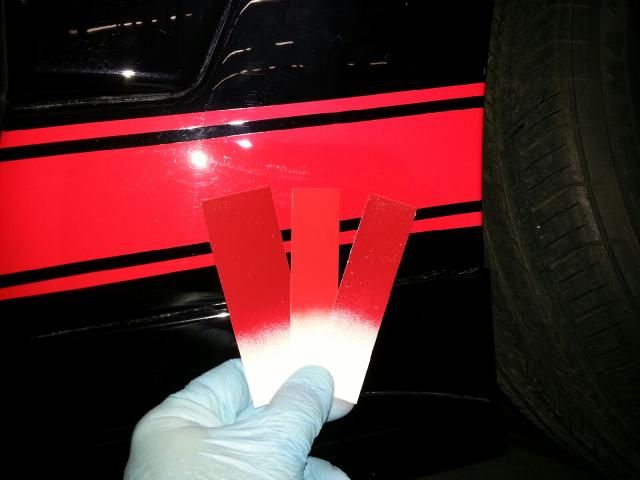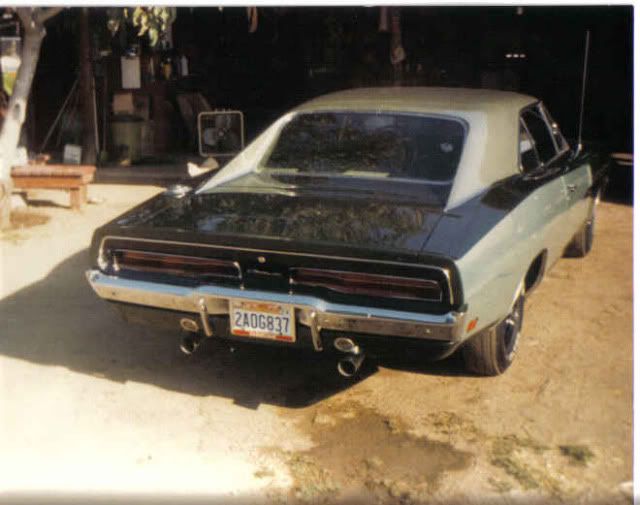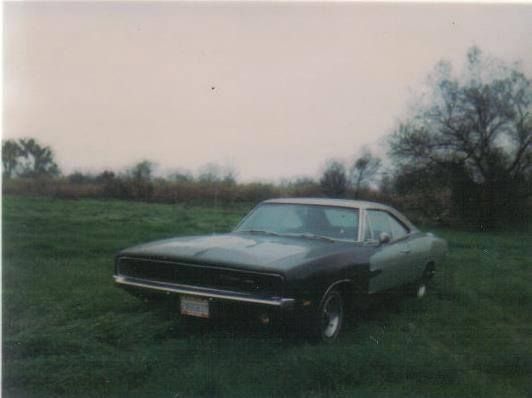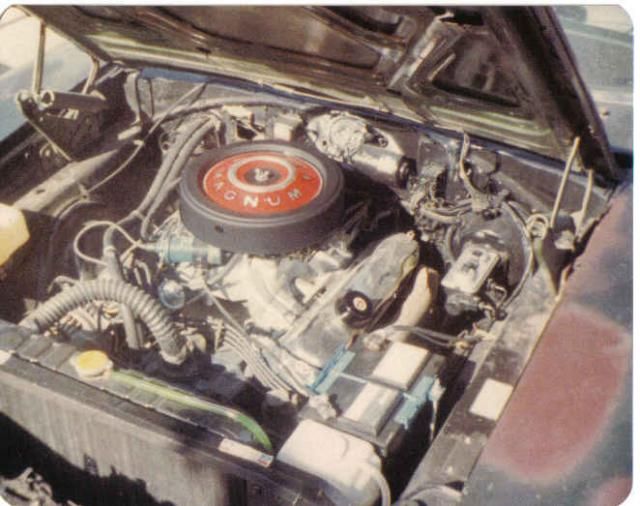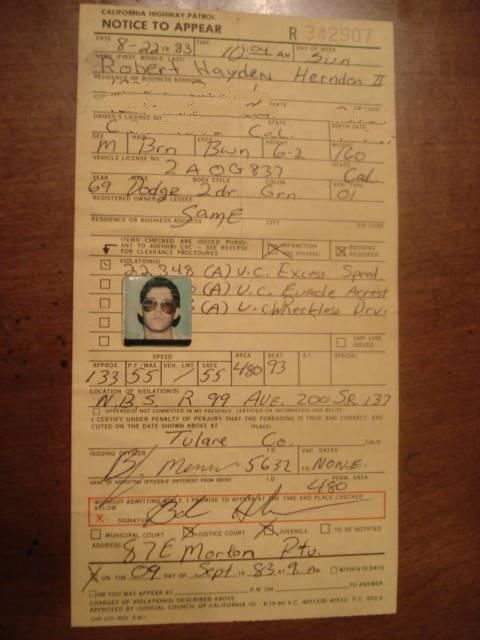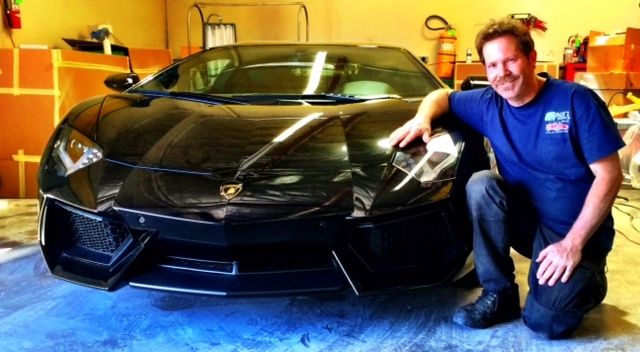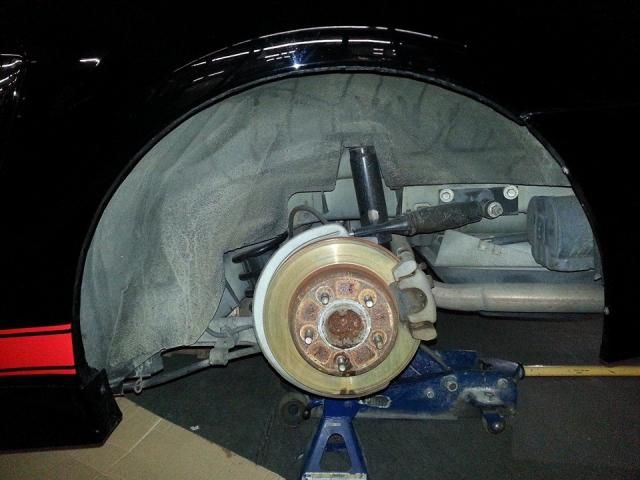Originally Posted By: Doktor_Bert
Originally Posted By: Shannow
Doctor_Bert,
interesting that external feed (seen a few of them on various workarounds downunder).
Has me wondering how much heat is lost in the external feed, and what the viscosity increase in the "fixed" locations is, as well as the increase in local supply pressure.
Good eye...
There are a number of shortcomings in the SBC oiling system, though everyone avoids talking about it. You won't 'see' the problems in a 13 second run, but after 150 laps, you will 'see' the problems.
Chevy puts oil to the center galley first, from the rear, and then feeds the cam bearings and lastly the main bearings as oil moves to the front of the engine. The wide side clearances needed for bearing cooling are also a factor. Routing oil from the rear to the front ensures better distribution of oil throughout the engine at elevated engine speeds, particularly on & off the throttle...
I doubt there is any increase in system pressure...
Yes, I've heard the SBF oiling system was a fair bit better than the SBC one. Of course the Cleveland needed insanely high oil pressure to keep itself "healthy" at high rev's and the Windsor (in 351 flavour) with its 3" mains just wasn't setup for high RPM operation. This left you with the 289 or 302. Though I've heard of mains reducers for the 351W to allow you to run a 302/289 journalled crank.
Then there's the theory about firing order and how it loads the rod bearings. The 302HO (and 351) having the "better" firing order, whilst the 302 non-HO having the same effective firing order as the SBC.
This was also why, IIRC, they made "switch fire" camshafts for the SBC, which effectively gave them a firing order more in-line with the SBF, and why the LS1 has the same effective cylinder firing order as the SBF.
Though the wrench in all that is that the firing order for Coyote is now the same as the Ford Flathead, which is also used by BMW
(my M5 has the same firing order as a flathead Ford and the new Coyote engine).





